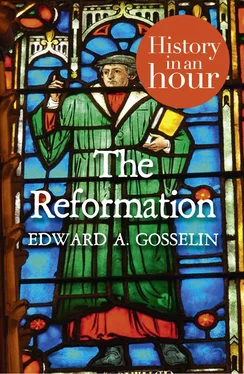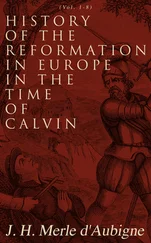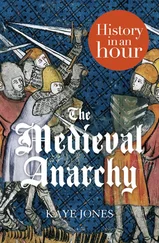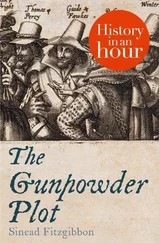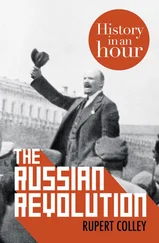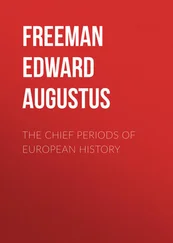As a monk, Luther should not have had to worry about his afterlife, for he diligently obeyed his monastic vows of poverty, chastity and obedience. But he nonetheless feared an angry God who condemned any and all sinners to Hell. Seeing himself as nothing but a weak and sinful man, he could only imagine that God would most certainly condemn him to Hell. Urged by his senior monks to study and teach the Psalms, Luther transferred north from the University of Erfurt in Saxony to Wittenberg in 1511, and was made Professor of Theology at Wittenberg’s new university. Here he immersed himself in studying the Psalms and the Letters of St Paul, both of which dealt with sin and salvation.
Luther’s Interpretation of St Paul Luther’s Interpretation of St Paul Renaissance Popes The Birth of Classical Protestantism The Diet of Worms One Man Alone ‘Infallible Donkey’ and ‘Upstart Heretics’ ‘Preaching the Gospel Purely’ Zwingli v. Luther on the Eucharist Zwingli’s Death The Creation of Sects John Calvin and his ‘Reformed Church’ Anti-Tolerance of Anti-Trinitarianism Hunted Heretic The Spread of Protestantism The End of Choices: The Territorial Churches Protestantism on a European Political Basis The Reformation after 1550 France The Low Countries The Protestant Diaspora How the Protestant Reformation Ended Appendix 1: Key Players Appendix 2: Timeline of the Reformation Copyright Got Another Hour? About the Publisher
In 1515, Luther began preaching on St Paul’s Letter to the Romans. Studying these biblical texts for the first time, he was astounded by Paul’s words: ‘He who through faith is righteous shall live’ (Romans 1:17) and ‘For by grace are you saved through faith, and that not of yourselves; it is the gift of God’ and ‘Not of works lest any man boast’ (Ephesians 2:8–9). Luther interpreted these passages to mean that although God should be feared, man can also take succour in God’s love and mercy.
Luther also awakened to a realization that salvation and faith were given freely by the grace of God and not earned by good works. From this personal epiphany came Luther’s doctrines of salvation by faith and grace alone. His constant confessions seemed no longer necessary, for he now believed that confession and good works did not determine whether or not a man is saved. St Paul’s message of God’s love made the Roman Catholic Church’s papal bulls and indulgences seem irrelevant to Luther as avenues for salvation. He also recalled his 1510 journey to Rome, where he had observed a corrupt and arrogant Church which bore little resemblance to the true religion he felt he had discovered through St Paul’s epistles.
Renaissance Popes Renaissance Popes The Birth of Classical Protestantism The Diet of Worms One Man Alone ‘Infallible Donkey’ and ‘Upstart Heretics’ ‘Preaching the Gospel Purely’ Zwingli v. Luther on the Eucharist Zwingli’s Death The Creation of Sects John Calvin and his ‘Reformed Church’ Anti-Tolerance of Anti-Trinitarianism Hunted Heretic The Spread of Protestantism The End of Choices: The Territorial Churches Protestantism on a European Political Basis The Reformation after 1550 France The Low Countries The Protestant Diaspora How the Protestant Reformation Ended Appendix 1: Key Players Appendix 2: Timeline of the Reformation Copyright Got Another Hour? About the Publisher
Since the papacy of Nicholas V in 1447–55, priests and bishops had visited an increasingly cosmopolitan and humanist Rome on Church business, and consequently many hotels were built to house them. Scores of brothels and a multitude of concubines accommodated some of these Church leaders. Many thousands of Romans participated in the prostitution trade and some cardinals, bishops and monastic orders had a hand in running several of the brothels.
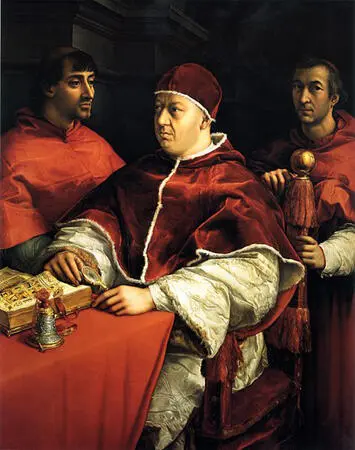
Portrait of Pope Leo X c.1518, by Raffaello Sanzio
The Rome of Pope Leo X (reigned 1513–21, pictured above) disgusted Martin Luther. He felt it was bad enough that humans believed they could determine a price for divine intercession in the form of indulgences, but the blatant corruption that seemed to exist at the very heart of the Church had created for him a cognitive dissonance. Consequently, soon after his return to Saxony and Wittenberg, Luther sought inspiration and solace in the words of St Paul, and from these readings he gained the confidence that he no longer needed to accept the decretals from what he considered to be the corrupt and flawed leaders of his Church.
The Birth of Classical Protestantism The Birth of Classical Protestantism The Diet of Worms One Man Alone ‘Infallible Donkey’ and ‘Upstart Heretics’ ‘Preaching the Gospel Purely’ Zwingli v. Luther on the Eucharist Zwingli’s Death The Creation of Sects John Calvin and his ‘Reformed Church’ Anti-Tolerance of Anti-Trinitarianism Hunted Heretic The Spread of Protestantism The End of Choices: The Territorial Churches Protestantism on a European Political Basis The Reformation after 1550 France The Low Countries The Protestant Diaspora How the Protestant Reformation Ended Appendix 1: Key Players Appendix 2: Timeline of the Reformation Copyright Got Another Hour? About the Publisher
Repelled as he was by the corruption he saw, Luther’s ideas evolved into a reform of theology rather than the simple reform of abuses attempted by earlier reformers like Erasmus and Lefèvre d’Étaples. Luther’s teachings embodied three main doctrines which served as the cornerstone of classical Protestantism. The first doctrine, sola fide (by faith alone), emphasizes the necessity of faith and rejects any human effort towards salvation through reason or meritorious behaviour. The second doctrine, sola scriptura (by Scripture alone), states that the Word of God is the only truth and is revealed in Scripture, through which God reaches those with whom He has graced with faith. The third doctrine, sola gratia (by grace alone), maintains that God’s grace alone grants man the power, goodness and virtue to oppose all that is wicked and evil in nature, especially man’s nature. This set of doctrines was at the centre of Luther’s attack on the Roman Catholic Church.
The Diet of Worms The Diet of Worms One Man Alone ‘Infallible Donkey’ and ‘Upstart Heretics’ ‘Preaching the Gospel Purely’ Zwingli v. Luther on the Eucharist Zwingli’s Death The Creation of Sects John Calvin and his ‘Reformed Church’ Anti-Tolerance of Anti-Trinitarianism Hunted Heretic The Spread of Protestantism The End of Choices: The Territorial Churches Protestantism on a European Political Basis The Reformation after 1550 France The Low Countries The Protestant Diaspora How the Protestant Reformation Ended Appendix 1: Key Players Appendix 2: Timeline of the Reformation Copyright Got Another Hour? About the Publisher
Up until this point, Luther had remained in the Roman Catholic Church and in his monastic order. However, on 15 June 1520, Pope Leo X published a bull, Exsurge Domine , asserting that Luther had sixty days to recant his views or be expelled from the Church. Luther received a copy of the bull in early October and, the following month, wrote a tract entitled Against the Execrable Bull of the Antichrist , which is possibly the first time in the Reformation era that a pope was called the Antichrist – a name that would often be repeated in anti-Catholic books, sermons and artistic representations.
Soon thereafter (28 November), the Holy Roman Emperor, Charles V, gave Luther safe passage to travel to the German parliament, the Diet of Worms, to present his views before them. Luther arrived in Worms on 16 April 1521, and theological scholars required him to read books by accepted Church authorities, including St Thomas Aquinas, and to reconsider his own views in light of these Church teachers. Luther reflected upon these authors, but held fast to his teachings. He stood before the emperor on 18 April and said, ‘I cannot change my views. Here I stand. I can do no other.’
Читать дальше
